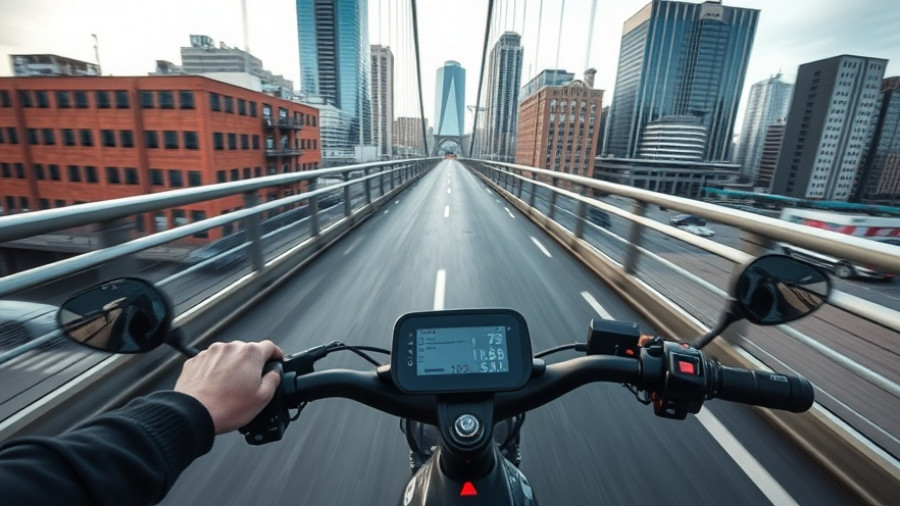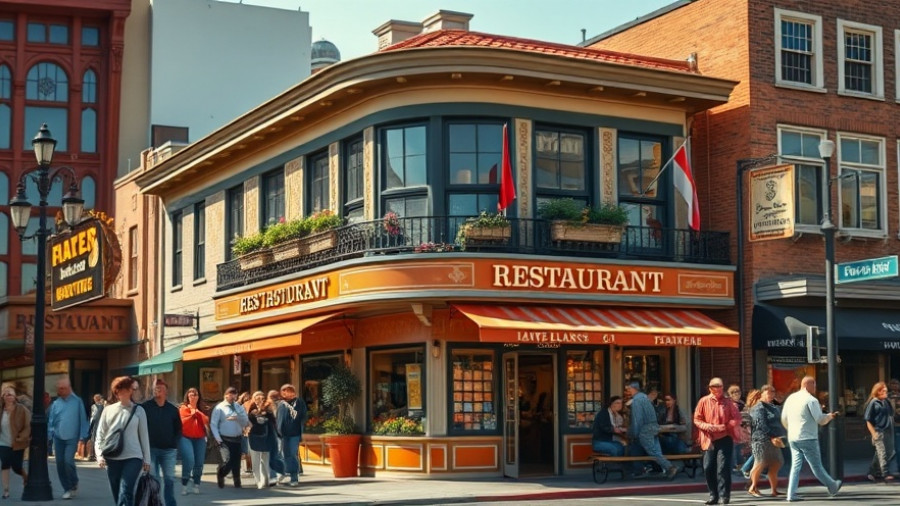
Understanding the E-Bike Dilemma: Speed vs. Safety
E-bikes have transformed urban mobility, offering an eco-friendly alternative for commuting and leisure. Yet, the increasing presence of super-fast illegal e-bikes, particularly in cities like New York, has sparked intense debate about safety and regulation. Riders are choosing these stylized yet dangerous machines that can exceed legal speed limits, putting pedestrians and cyclists at risk.
The Legal Landscape of E-Bikes
In New York City, e-bike regulations currently classify these vehicles into three main categories: Class 1, Class 2, and Class 3. Legal e-bikes are required to maintain a maximum speed of 25 miles per hour, making them suitable for urban environments. However, many retail outlets continue to market and sell “e-bikes” that can exceed these limits, misleading customers and contributing to confusion. These illegal vehicles, such as the Movcan V30 capable of hitting 32 mph, are classified as motorized scooters under state law.
The Human Cost of Recklessness
The tragic accident involving Terri Valenti highlights the everyday dangers presented by illegal e-bikes. Her death underscored the need for clearer regulations, especially as not all e-bikes are created equal. When accidents occur, the distinction between illegal high-speed machines and legal bikes blurs, allowing critics to paint all cyclists with the same brush and ignore the real offenders: the reckless drivers of these unchecked vehicles.
Community Concerns and Activism
As these issues unfold, organizations and community members call for effective legislation. Council Member Crystal Hudson and other advocates are pushing for the 'Ride Safe, Ride Right' bill, which aims to ban the sale of fast e-bikes in the city. This movement recognizes that unsafe vehicles endanger everyone—riders and pedestrians alike. The bill emphasizes regulating the products being sold instead of penalizing the riders who are often unaware of what they are purchasing.
The Call for Better Regulations
In the face of confusion over classifications, there's a pressing need for regulators to update law definitions to align with national standards and ensure that consumers know what they purchase. Many e-bike manufacturers target wider markets, often ignoring local regulations, which only complicates matters further. This disconnection can lead to accidental violations where riders are operating unlawfully without even realizing it.
Looking Ahead: A Future of Safe Riding
Change is on the horizon, but it requires concerted effort. Advocates for safer streets hope that by implementing stricter regulations on the sale of e-bikes, New York City can reestablish trust between delivery workers, cyclists, and pedestrians. Slowing things down may ensure safer streets for all, but it starts with educating consumers and aligning regulations to promote responsible riding.
Conclusion: Riding Towards Safety
As discussions surrounding e-bike legislation continue, it’s crucial for the community in the Bay Area—and beyond—to engage in this conversation. Awareness of e-bike classifications and the implications of illegal rides can empower riders to make informed decisions. Whether cruising through tree-lined streets or navigating bustling urban pathways, the goal remains clear: safety first!
 Add Row
Add Row  Add
Add 



Write A Comment